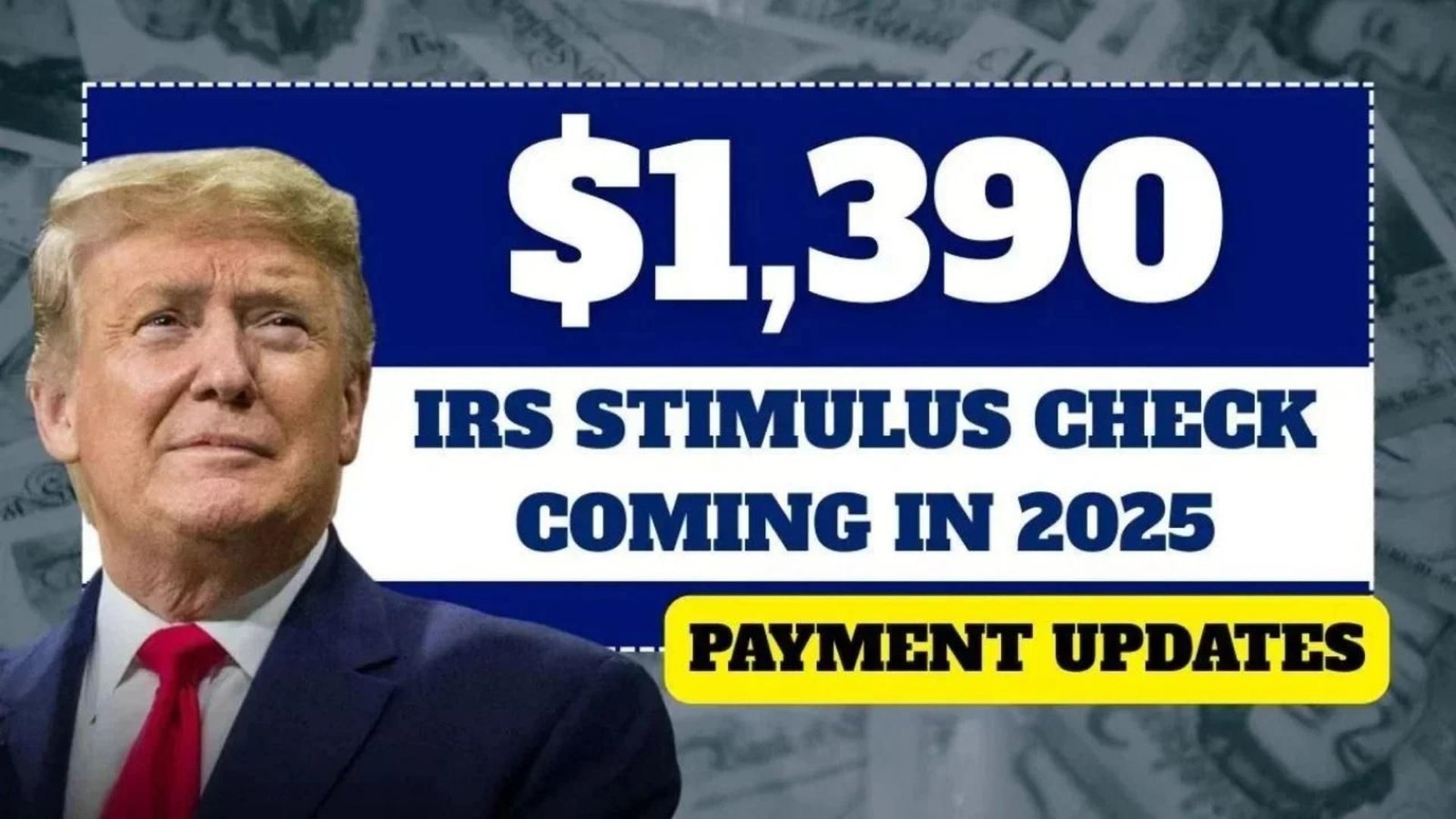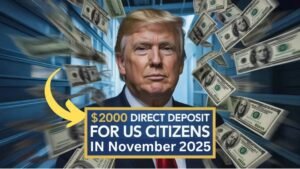A new $1,390 stimulus check is making headlines this November, and millions of U.S. citizens are asking the same question — am I eligible? With inflation still squeezing households, this payment brings a wave of relief and a touch of mystery. Who’s getting it, when is it coming, and what does it mean for your finances? Let’s unravel everything you need to know before your payment date arrives.
What Is the $1,390 Stimulus Check?
The $1,390 stimulus check is part of a targeted federal support initiative aimed at low and middle-income Americans. The payment is designed to help citizens manage rising living costs and ongoing economic challenges. While not a nationwide rollout like earlier stimulus rounds, it’s focused on specific groups such as Social Security recipients, veterans, and certain taxpayers who meet income requirements.
Background: How This Stimulus Came to Be
The idea of another stimulus payment has been debated for months. Lawmakers and financial analysts have discussed targeted aid rather than broad disbursements. By late 2025, increasing consumer costs and housing pressures reignited the conversation, resulting in the approval of a $1,390 payment for qualifying Americans. The goal is simple — provide meaningful relief where it’s needed most.
Why It Matters Now
After years of economic volatility, even small financial boosts can have a big impact. The $1,390 check offers temporary relief from inflation, supports retirees and low-income families, and helps stabilize local economies. For millions of Americans struggling with rent, groceries, or medical bills, this payment could be the lifeline that carries them through the holidays.
Eligibility Requirements for November 2025
Eligibility criteria focus on income level, benefits status, and filing background. Here’s a quick look at who may qualify for the $1,390 stimulus check:
- Individuals earning less than $75,000 per year
- Married couples earning under $150,000 combined
- Social Security (SSI/SSDI) and VA beneficiaries who meet income guidelines
- Taxpayers who filed returns for 2023 or 2024
- Residents of the U.S. with valid SSNs and not claimed as dependents
Stimulus Eligibility Breakdown
| Category | Eligibility Criteria | Estimated Payment |
|---|---|---|
| Single Filers | Income below $75,000 | $1,390 |
| Married Couples | Income below $150,000 | $2,780 (combined) |
| SSI/SSDI Recipients | Based on benefit status | $1,390 |
| Veterans | Income and benefit qualified | $1,390 |
| Dependents | Case-by-case review | Varies |
Payment Dates & Delivery Method
Payments are expected to begin rolling out from November 15, 2025, with most recipients receiving funds by late November or early December. Those who receive Social Security or VA benefits can expect direct deposit payments first, followed by mailed checks and debit cards.
Expected Payment Timeline
| Group | Payment Method | Estimated Arrival |
|---|---|---|
| Direct Deposit Recipients | Bank Transfer | Nov 15–25, 2025 |
| SSI/SSDI Beneficiaries | Direct Payment | Nov 20–30, 2025 |
| Paper Check Recipients | Mail Delivery | Nov 25–Dec 10, 2025 |
How to Claim or Track Your Payment
Eligible citizens don’t need to reapply if they’ve filed recent tax returns or receive federal benefits. The IRS “Get My Payment” portal is expected to reopen for tracking, while SSA and VA recipients will receive automatic disbursements. To avoid delays, ensure your bank details and mailing address are updated.
Important Facts You Should Know
- The $1,390 stimulus is not taxable income.
- It will not reduce Social Security or SNAP benefits.
- Non-filers may still qualify by submitting updated information to the IRS.
- Payments are expected to be one-time unless Congress approves an extension.
Expert Insights & Financial Advice
Financial experts suggest using the stimulus payment strategically — pay down debt, save for emergencies, or invest in necessities. With no guarantee of future rounds, using funds wisely can have a lasting benefit. Experts also recommend verifying eligibility directly through official channels to avoid scams claiming “fast-track” payments.
FAQs About the $1,390 Stimulus Check
Q: Is this the same as a federal stimulus check?
A: Yes, it’s a federally backed relief payment, though limited to certain qualifying citizens.
Q: Do retirees automatically qualify?
A: Retirees who receive SSI, SSDI, or VA benefits generally qualify automatically.
Q: Will there be more stimulus checks in 2026?
A: No announcements yet, but discussions are ongoing as inflation trends are reviewed.
Conclusion: A Boost of Hope for Americans This Fall
The $1,390 stimulus check comes at a crucial time when many Americans are stretched thin by costs and uncertainty. Whether you’re a retiree, veteran, or working-class citizen, this payment serves as a reminder that relief — however small — can make a big difference. Stay alert for official updates, check your eligibility, and prepare to receive your share of this timely financial boost.




